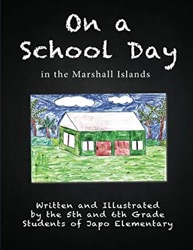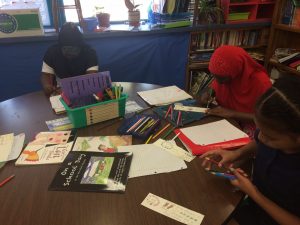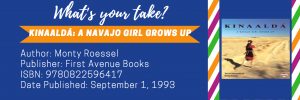By Sakoi Junko, Tucson Unified School District and Yoo Kyung Sung, University of New Mexico
This week, we will continue the discussion about text sets, which were created by the “Read, Write, Review for Us (RWRU)” project to help educate local Tucson children about refugee students’ homelands and the diversity within those groups of people. Once the first text set was displayed for book browsing in the classroom, the 5th graders were able to “relocate” their old home into the various stories within the books. We observed the excitement in the students’ voices as they shared stories of their homeland with their peers. It became obvious at that point that even the 5th graders did not know each other’s backgrounds. Because they are often generalized as “refugee students”, the students’ individual identities are often forgotten. With the exception of customs, the refugee and immigrant students are no different from any of the American students beginning the new year in a new classroom every August. It was particularly advantageous to put aside the term, “refugee” and allow the children to learn about each other from a fresh perspective.
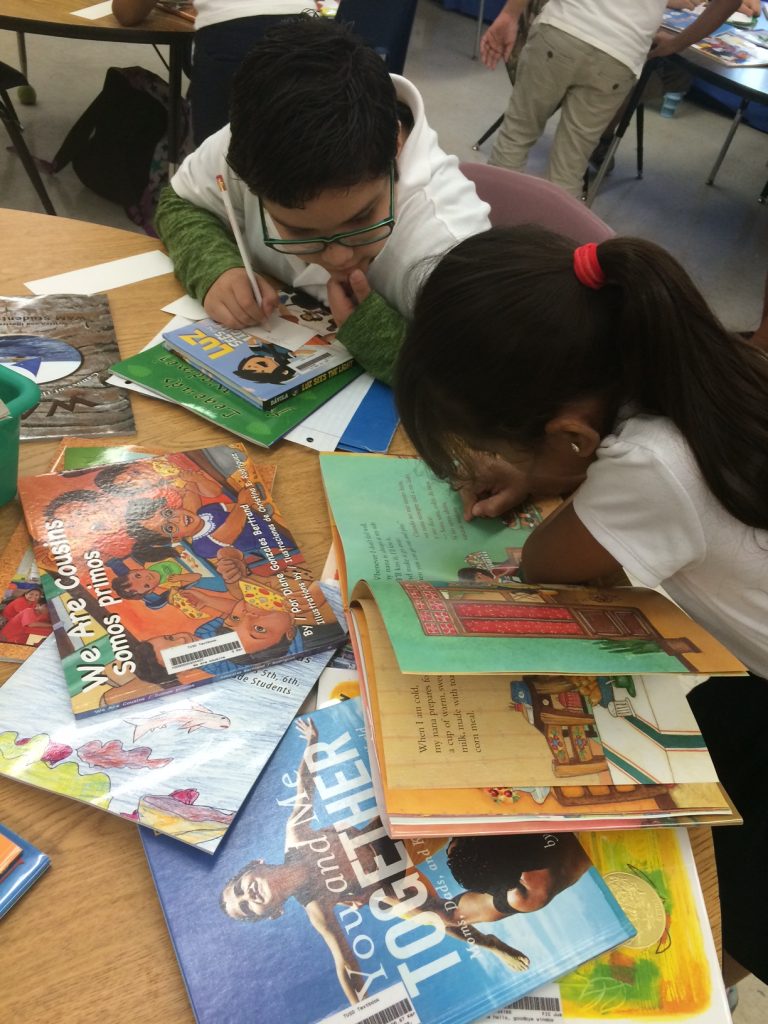 Continue reading →
Continue reading →
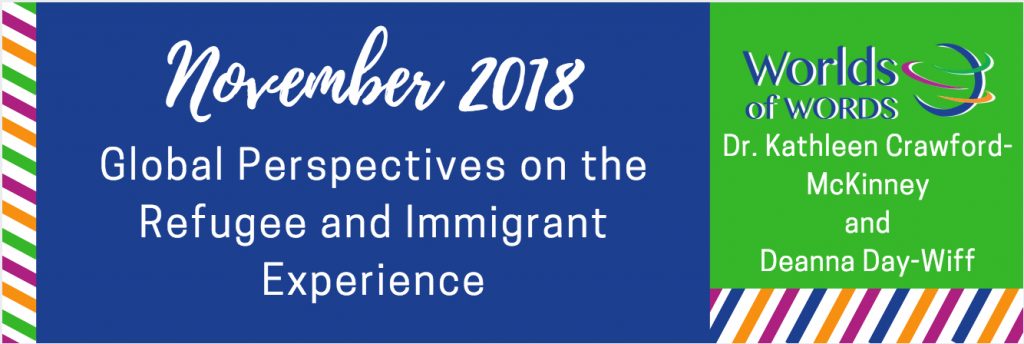 Continue reading
Continue reading 
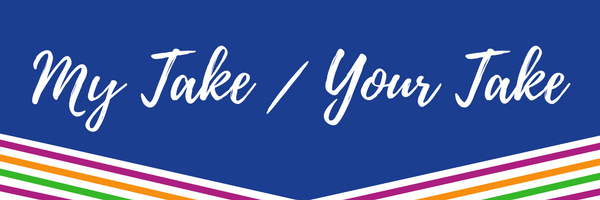



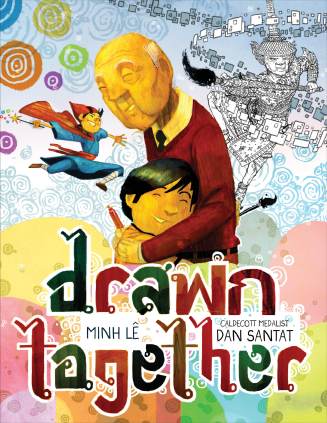 In Drawn Together, written by Min Lê with illustrations by Dan Santat, a young boy is dropped off to visit his grandpa. The boy looks reluctant. The Grandpa greets him with joy. The Grandpa speaks Thai, the boy, English. The Grandpa prepares an Asian dish for himself and a hot dog for his grandson. They try to communicate but are unable to cross their language divide. That awkward silence is broken when the boy brings out his drawing pen and his markers. The Grandpa is inspired to bring out his own art supplies, a sketch book, ink and pen. Together they create a new story. The boy says, “Right when I gave up on talking, my grandfather surprised me by revealing a world beyond words. And in a FLASH–we see each other for the first time. All the things we could never say come pouring out.” Through their collaboration in drawing scenes together they build “a new world that even words can’t describe.”
In Drawn Together, written by Min Lê with illustrations by Dan Santat, a young boy is dropped off to visit his grandpa. The boy looks reluctant. The Grandpa greets him with joy. The Grandpa speaks Thai, the boy, English. The Grandpa prepares an Asian dish for himself and a hot dog for his grandson. They try to communicate but are unable to cross their language divide. That awkward silence is broken when the boy brings out his drawing pen and his markers. The Grandpa is inspired to bring out his own art supplies, a sketch book, ink and pen. Together they create a new story. The boy says, “Right when I gave up on talking, my grandfather surprised me by revealing a world beyond words. And in a FLASH–we see each other for the first time. All the things we could never say come pouring out.” Through their collaboration in drawing scenes together they build “a new world that even words can’t describe.” 